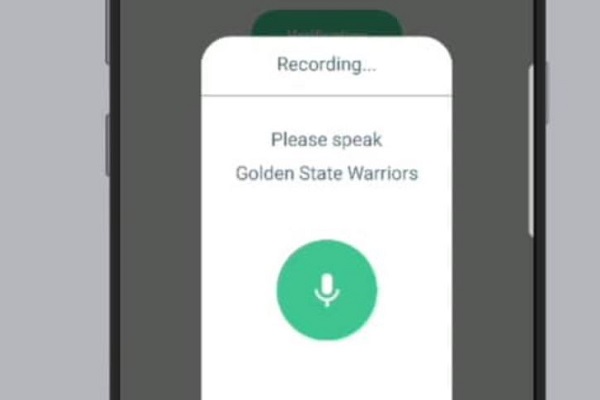How ID R&D Is Making Biometric Identification 10 Times Faster

Biometric technology startup ID R&D revealed today that it will be rolling out the newest version of its identification platform. IDVoice 2.7 is designed to speed up the process of ascertaining identity using biometrics while catching and stopping attempted fraud.
Know at a Glance
The New York-based company has developed a suite of authentication technology using a mix of voice and visual biometric data to both ascertain identity and rebuff attempts at fraud. While there are a lot of improvements under the hood, the goal is that people engaging with the system won’t even notice it.
“The only way this type of technology will be at its most useful and lead to high adoption rates is to minimize the UX,” said ID R&D CEO Alexey Khitrov in an interview with Voicebot. “We believe the best UX is no UX. But, to get there, you have to push the tech in that direction.”
ID R&D combines hardware sensors and software analytics to carry out its voice and facial feature biometric tests. All of those are integrated into a conversational platform for mobile apps and other checkpoints in an attempt to make the whole process as painless as possible for users. That means the updates under the hood for the latest version of the company’s product are, ideally, invisible. And the improvements are there, with ten times the speed of biometric matching, according to Khitrov. He commented, “We’ve cut down the time it takes to one to two seconds. That’s a crucial time to accomplish [security checks].”
Multichannel
The new version also aims to cut waiting times for enrollment as well. Usually, someone needs to enroll in a biometric system for every method of verification they use, such as mobile and web apps. As a result, companies usually just pick one method and make everyone use it. The new update lets clients enroll people across multiple channels at once because the software is able to understand what kind of app is being used for the enrollment, such as a web application, and still be able to verify the person if they use a mobile app in the future.
“It’s not just for one channel,” Khitrov said. “It works with voice assistants and chatbots and other platforms. The two questions it has to ask are, is this the right person and is this a person or a recording or mimic. The biometric voice tests for not only the right person’s voice but that the voice is from a human.”
All of the different security scans are carried out at a speed beyond what the average user would even notice. Offering the reassurance of security without annoying the people who have to go through it is the whole point, Khitrov said. “There are multiple security checks, but it’s done in a way to make it very user-friendly, “ Khitrov said. “And it’s user-friendly because it minimizes user experience.”
Follow @voicebotai Follow @erichschwartz
ID R&D Raises $5.7M For Multi-factor Voice Biometric Technology
Sensory Announces Updated Voice Security with TrulySecure Speaker Verification 2.0








